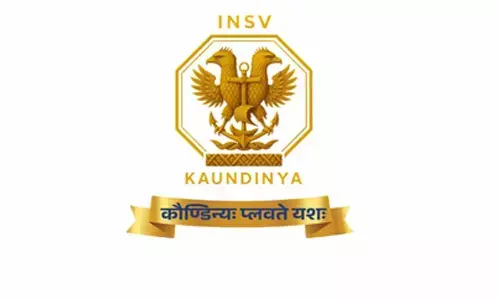Creditors taking 70% haircut in IBC cases

After slowing in the pandemic period of FY21 and FY22, the number of insolvency cases increased by 25% y-o-y in Q3FY23.
New Delhi: The overall recovery rate in insolvency cases till Q3FY23 was 30.4 per cent implying a haircut of approximately 70 per cent.The cumulative recovery rate has been on a downtrend, decreasing from 43 per cent in Q1FY20 and 32.9 per cent in Q4FY22 as larger resolutions have already been executed and a significant number of liquidated cases were either BIFR cases and/or defunct with high resolution time, coupled with lower recoverable values, Care Edge said in a report.
Post the implementation of the IBC, the overall recovery rate till Q4FY22 in India reached 32.9 per cent which has been on a continuous declining trend. The recovery rate for Q3FY23 stood at 23.45 per cent, while the overall recovery rate reached 30.4 per cent till Q3FY23. Consequently, for the cases which have been resolved, the creditors have continued to face a haircut of approximately 70 per cent on admitted claims.
Of the 2,000 ongoing CIRPs, there has been a delay of more than 270 days for the completion of the process of 64 per cent of ongoing CIRPs in December 2022 which is a decline of 9 per cent as compared to 73 per cent in December 2021, the report said.
Further, the 'more than 180 days but less than 270 days' segment is the second largest indicating that quite a few cases which had commenced in the earlier quarters have piled up, while the other two categories continue to have quite a few cases in them highlighting the significant delays in the process.
After slowing in the pandemic period of FY21 and FY22, the number of insolvency cases increased by 25 per cent y-o-y in Q3FY23. However, despite the increase, the number of cases admitted to the insolvency process continued to be lower compared to earlier quarters in FY19/20. The distribution of cases across sectors continues to remain broadly similar, compared to earlier periods given the extended resolution timelines.
The share of the various sectors has largely remained constant compared with the previous period. The manufacturing sector accounts for the highest share at 39 per cent of the overall cases, followed by the real estate (21 per cent), construction (11 per cent) and trading sectors (10 per cent).
Of the total 6,199 cases admitted into CIRP at the end of December 2022 only 10 per cent have ended in approval of resolution plans, while 32 per cent remain in the resolution process vs. 35 per cent as of the end of March 2022, the report said,
1,901 have ended in liquidation (31 per cent of the total cases admitted). Meanwhile, 76 per cent of such cases were either BIFR cases and/or defunct. These cases had assets which had been valued at less than 8 per cent of the outstanding debt.
Around 14 per cent (894 CIRPs) have been closed on appeal /review /settled, while 13 per cent have been withdrawn under Section 12A. A significant number of withdrawn cases (around 54 per cent) were less than Rs 1 crore, while the primary reason for withdrawal has been either the full settlement with the applicant (306 cases) or other settlement with creditors (210 cases).

















